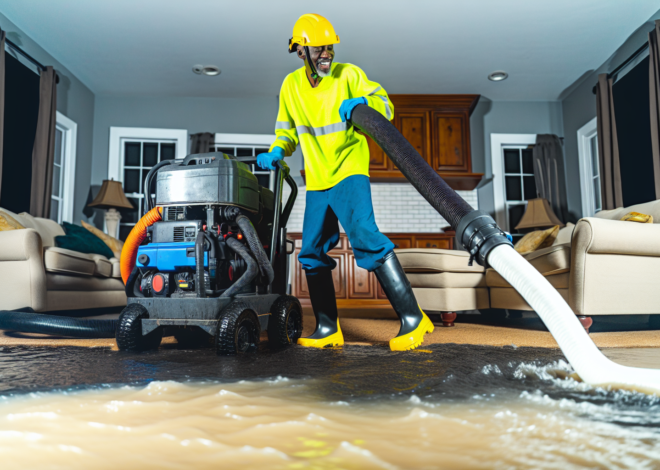
Evaporative Coolers Introduction
In hot, dry conditions, evaporative coolers are a popular alternative to typical refrigerant-based air conditioning equipment. While they are not as common as standard split systems and package units, adjusters should become acquainted with this type of equipment, especially if they handle claims in areas where evaporative coolers are appropriate.
What Exactly Is Evaporative Cooling?
Before we get into how evaporative coolers function, it’s vital to grasp the evaporative cooling principles. The evaporative cooling process begins with water (or another liquid) evaporating into the surrounding air. When a liquid transforms into a gas, it absorbs heat, lowering the temperature of the surrounding air.
Evaporative cooling has been practised for thousands of years. By soaking a cloth in water and hanging it over the entryway of the residence, the ancient Egyptians provided coolness. The cloth collected moisture as the air went through it, creating a pleasant breeze throughout the area.
Evaporative Coolers: How Do They Work?
This method is used by evaporative coolers to give cooling to an area. A direct evaporative cooler is commonly used in residential structures. A pump pumps water from a reservoir to saturate a cooling pad in this sort of system. A fan then draws air from the outside through the moist pad, causing evaporation to begin. The chilly, humid air is then circulated throughout the house.
Direct household evaporative coolers are classified into three types:
• Portable Coolers – These are intended to keep a small living area cool. They don’t require any ducting or skilled installation. Some even have wheels to let them travel from room to room.
• Side Draft – These systems are built such that the air blows straight into the residence from the unit’s side. This sort of evaporative cooler is put via the wall or through the window. These may necessitate expert installation, but they do not require ducting. They can only efficiently chill one room, but they can offer cooling for a greater space or area than a portable cooler.
• Down Draft – These units are put on a home’s roof and may offer cooling to the entire house via a duct system. These are the most expensive to install and might be challenging to keep in good working order.
Where Can Evaporative Coolers Be Used?
To properly employ evaporation to generate cooling, the air must be dry enough to absorb moisture. Evaporative coolers are only useful in locations where relative humidity does not exceed 60%. Evaporative coolers can only reduce the temperature by 10 degrees after the relative humidity exceeds 60%. Even in arid areas, when it rains, the humidity rises. During these periods of excessive humidity, an evaporative cooler should not be utilised.
Evaporative Coolers And Traditional Air Conditioning Systems: What’s The Difference?
Traditional air conditioning systems transfer heat, provide cooling, and remove humidity from a conditioned environment by using a coil filled with refrigerant. This is a closed process in which the air from the room is cycled back through the cooling process. Allowing air to escape from the conditioned chamber reduces the system’s efficiency.
An evaporative cooler, rather than utilising refrigerant, employ a pump to circulate water to the pads and a blower to draw air through the evaporative cooler pads. This adds moisture to dry air, necessitating ventilation to allow the wet air to escape. Evaporative coolers do not usually require ductwork to guide airflow, but when they do, the ducts must be bigger than those used in typical air conditioners to accommodate the higher flow of air from the evaporative cooler.



